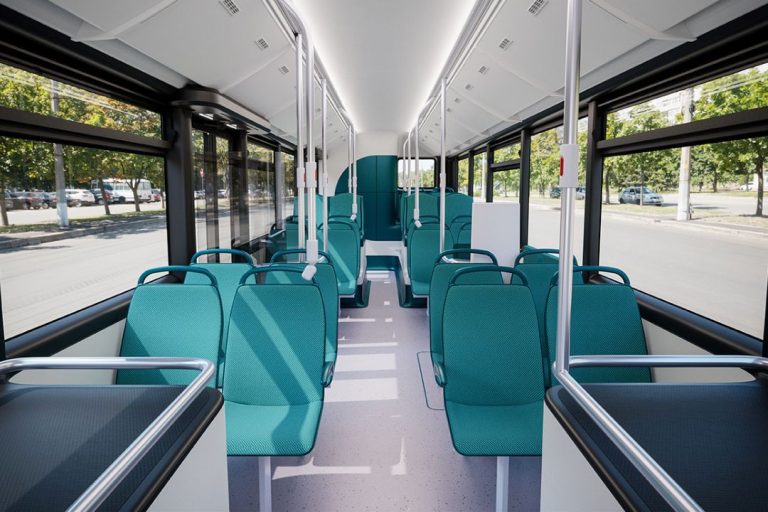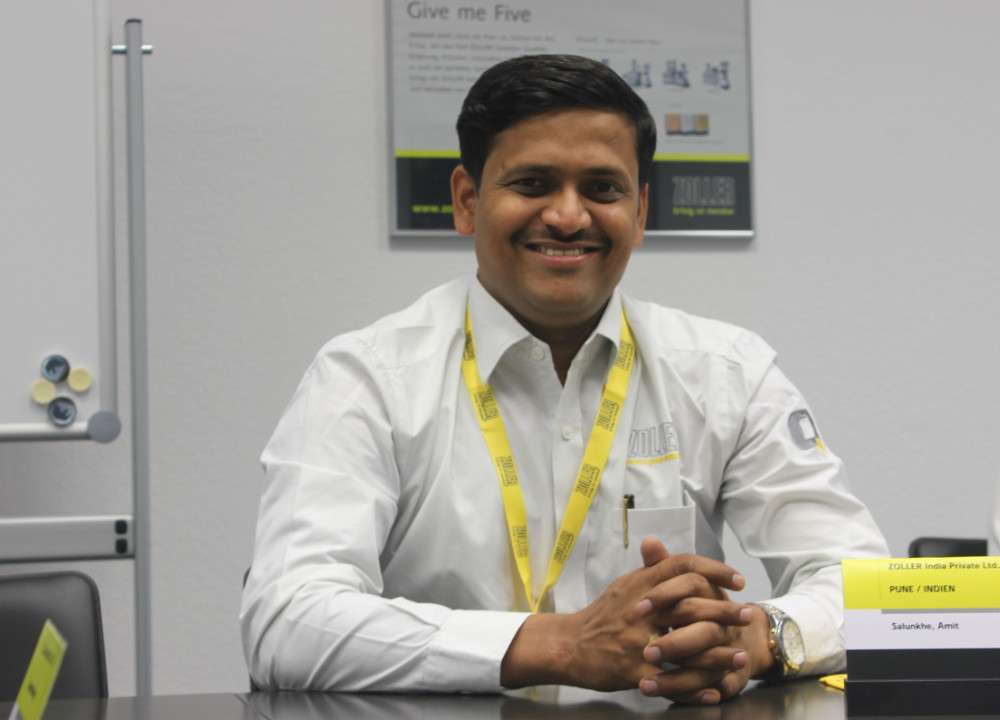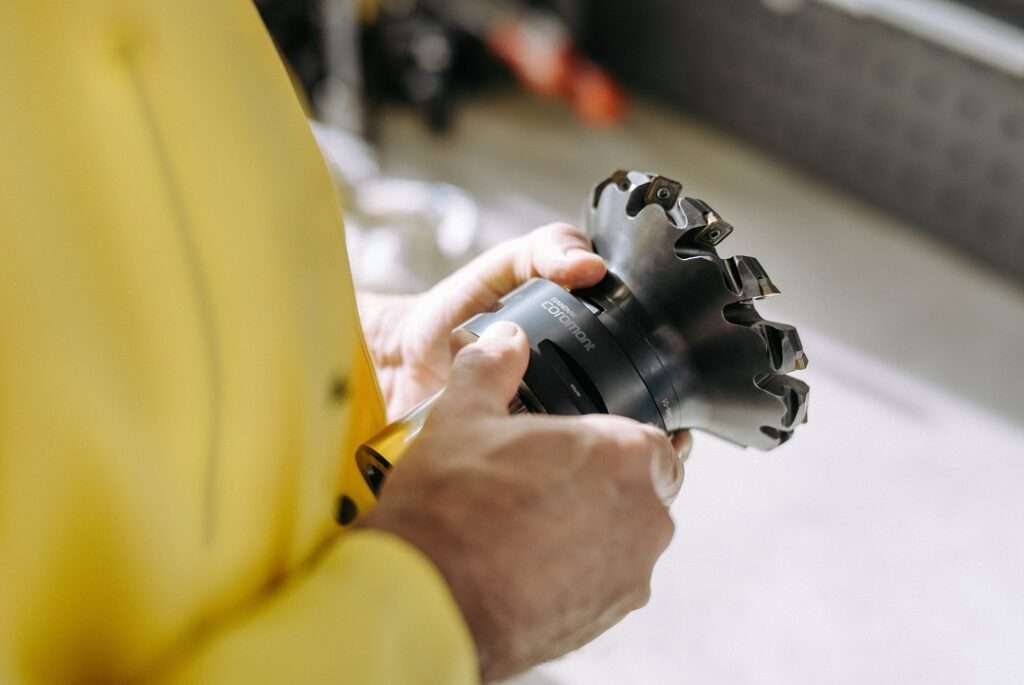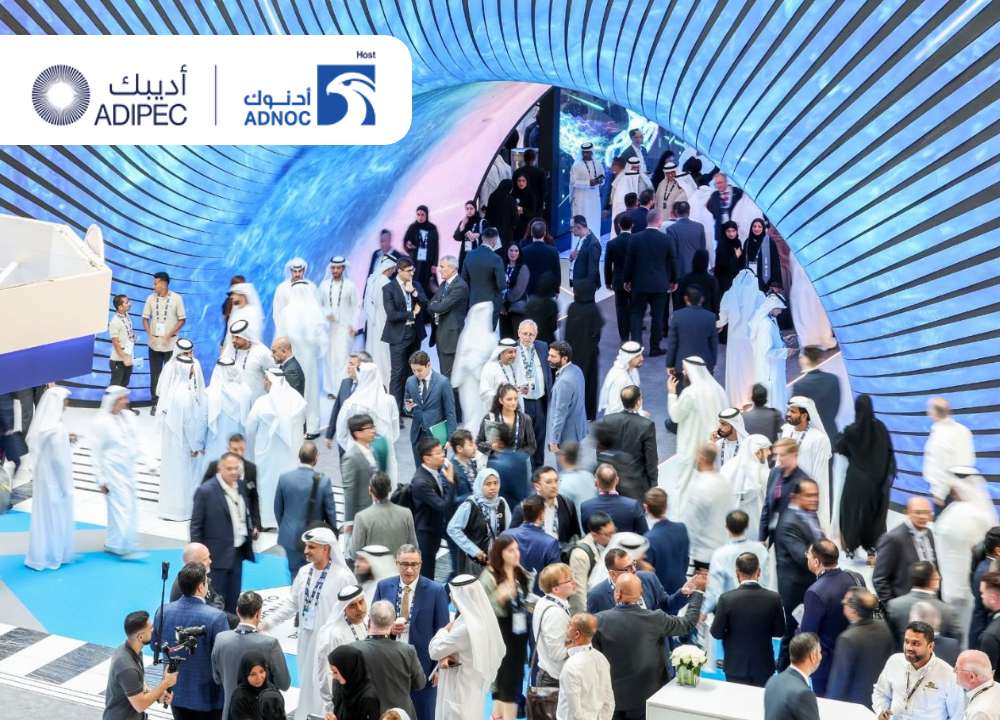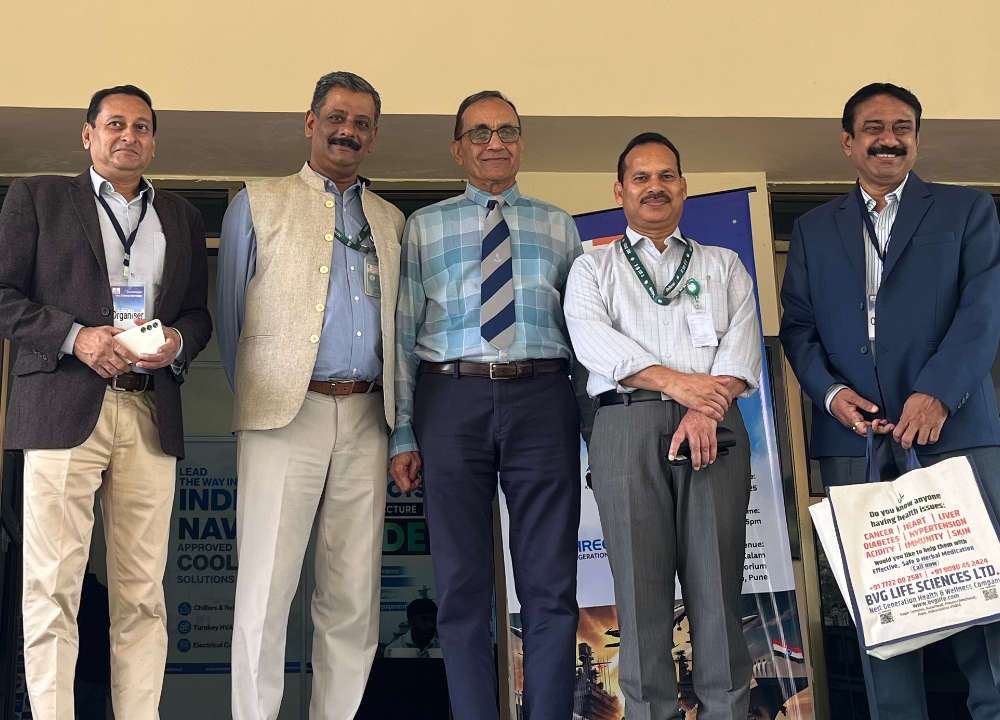The electric bus market in India, crucial for reducing emissions, is facing challenges due to unclear operating models. Mahesh Babu, CEO of Switch Mobility, Ashok Leyland’s electric vehicle arm, suggests a new approach inspired by London’s bus system to address these issues.
In this proposed model, the electric bus ecosystem would be divided into different parts based on specific roles. This means that operations, financing, asset ownership, and technology would each be handled by different players. Bus manufacturers like Switch Mobility would focus only on supplying the buses, while operators such as London’s Stagecoach or Abellio would manage and maintain them, earning a fee per kilometer. Funding would come from a mix of government grants and private investments.
For example, London’s Zero Emission Bus Regional Areas (ZEBRA) scheme has provided £320 million to support 4,000 zero-emission buses by 2025. This covers up to 75% of the additional cost of electric buses and infrastructure, with local authorities and operators covering depot and maintenance costs.
However, London’s model has its own flaws, such as patchy coverage in low-density routes, which discourages operators from bidding and makes local authorities hesitant to commit funds.
Mahesh Babu believes that while the London model offers valuable lessons, it needs adjustments to suit India’s developing context. He points out that many Indian states might not be able to fund vehicle purchases on their own. Therefore, a scalable model that could work in India might combine elements of the London model and the gross cost contract (GCC) model, where the government handles ticketing.
Switch Mobility, along with Ashok Leyland, has already received orders to supply 950 e-buses to Delhi and 350 to Bengaluru transport authorities. Ashok Leyland is working to establish a better payment system for selling e-buses to government agencies, with support from competitors like Tata Motors.
Tata Motors’ Group CFO, PB Balaji, agrees that manufacturers should focus on building efficient e-buses rather than holding onto them. Balaji highlighted the financial challenge of supplying 50,000 e-buses, which would require a Rs 50,000 crore investment, a burden no manufacturer can bear alone.
Despite the challenges, the electric bus market in India is growing. CRISIL estimates the share of e-buses will double from 4% to 8% in just one year, driven by government initiatives like the FAME scheme and the National Electric Bus Programme (NEBP), which aim to clean up public transportation and reduce air pollution.
E-buses are also becoming financially attractive, with lower operating costs compared to traditional diesel and CNG buses. CRISIL reports that as many as 5,760 e-buses have already been delivered, and another 10,000 will be deployed by FY25.
Overall, the electric bus market in India is on a learning curve. Both the government and bus manufacturers are working together to find sustainable solutions, with the government tweaking bidding rules to make them more financially viable. Mahesh Babu compares the current situation to the early days of the solar sector, expecting that over time, the cost per kilometer for electric buses will be lower than for diesel.


